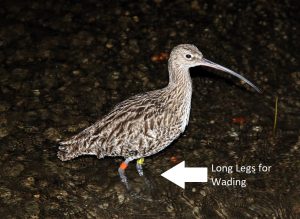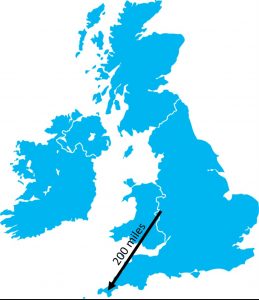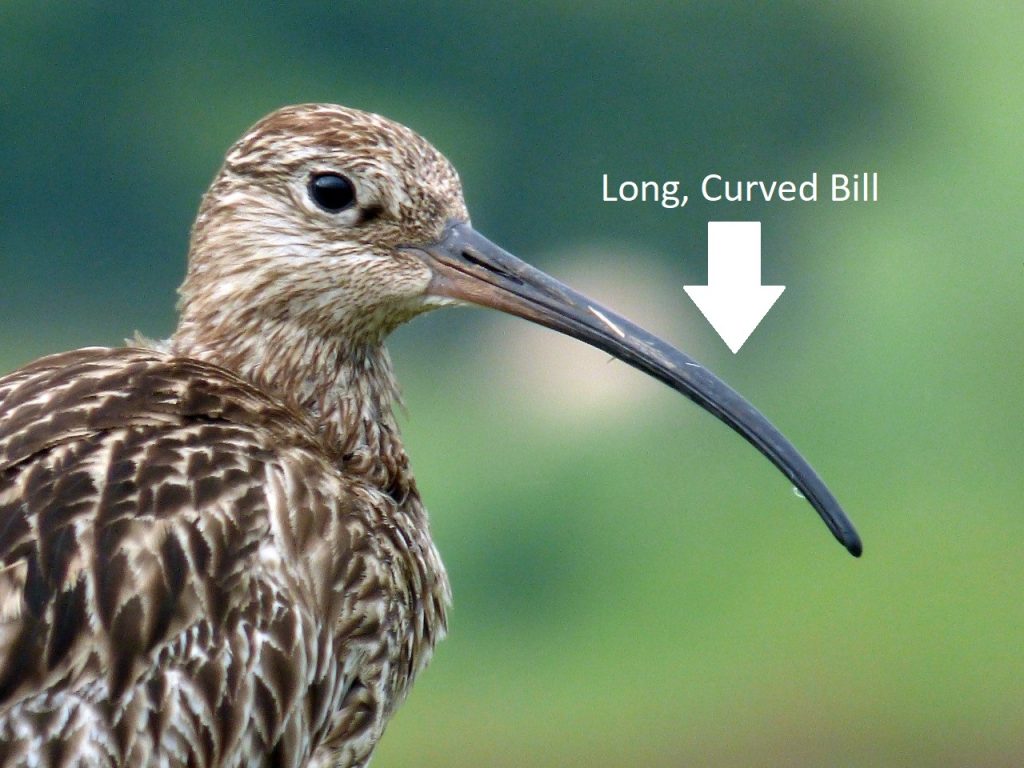Eurasian Curlew – Numenius arquata
Clearly a project by the name of Curlew Country is going to have a lot to say about curlew. But what is so special about the Eurasian Curlew and why do we think anybody should care? We thought it was time to provide a quick breakdown of why we think these birds are so great (some might say the best, but that would be biased) and why you should care about what happens to them.
- For starters, they are Britain’s LARGEST wading bird. As the term suggests, this group of birds tend to spend a lot of time by the shore, wading in mudflats and estuaries in search of food. Sandpipers make up the smallest waders, standing at around 13cm tall.
- Curlew have an impressively long, curved bill. They use this during their aforementioned wading activities to probe the ground in search of food. They will eat all sorts of different invertebrates
 that they find, be they worms, beetles, spiders and crabs.
that they find, be they worms, beetles, spiders and crabs. - Male and female curlew will have subtle differences that allow us to tell them apart. Females are larger, and have a longer bill compared to their partners. This is much easier to see when they are right next to each other!
- Curlew are a migratory species, this means most of them spend the winter somewhere different to where they breed in spring and summer. They can travel long distances between these sites. Some of
 our headstarted chicks have been spotted down in Cornwall and on the Scilly Isles
our headstarted chicks have been spotted down in Cornwall and on the Scilly Isles - Their eggs have evolved to be camouflaged with the surrounding vegetation, in mottled browns and greens. This means that when a predator is nearby the adults will leave the nest in the hope that it stays hidden and try to lure predators away from it.
These are just some of the reasons why we think that curlews are so great, and there are many other blogs, films and photos on our website for you to find out more! Here in the UK, we have around a quarter of the whole of the European population, which is why it’s so important that we do all we can to help them. Managing our land for curlew here could also help lots of other different species of wildlife, as they need a variety of different habitats to provide all their needs.
the whole of the European population, which is why it’s so important that we do all we can to help them. Managing our land for curlew here could also help lots of other different species of wildlife, as they need a variety of different habitats to provide all their needs.
Find out more about how you can help the iconic Curlew here.

